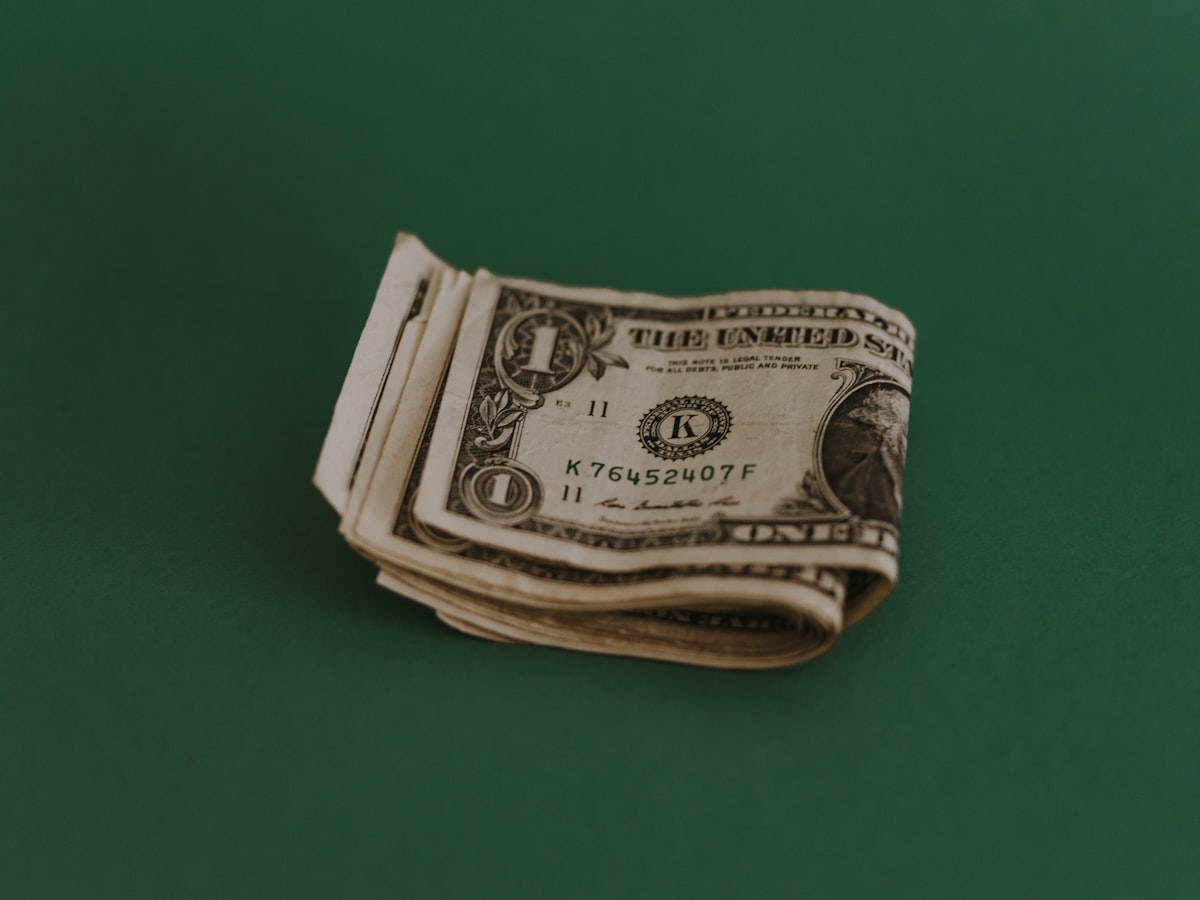Cash flow statements: real examples

To put in practice the theory on how an income statement is structured (in the article HERE), let's take a look at a couple income statements. I don't want to make you certified accountants therefore we'll just focus on the main peculiarities of the income statements. You can find all the original financial statements on the company website, normally under the investor relations section. For simplicity on this page I have reported the income statements only. For simplicity, I will use the same companies that I used in the balance sheet examples and income statement examples, as I believe it will make it easier to connect the dots.
General note
- Most items on the cash flow statement, albeit grouped differently, are the same you can find on the balance sheet and income statement.
- Different companies can have different fiscal years. For example Disney uses Sep-Oct, while many other companies use Jan-Dec. This normally depends on the seasonality/business cycle of each company but it's entirely up to the Company.
- Always read the units used. Big companies (like the examples on this page) use millions, but again it's up to the company. For example Netflix, at the time of writing, used thousands.
- Since there are no strict requirements on the structure, companies show different level of details, hence you will often find different granularities. After you read a few, you'll start understanding the content even though it might be grouped or look slightly different.
Disney
Walt Disney Company has been around for 100 years, pioneering the American animation history. But it's not only about animation anymore, as it has become an entertainment empire, with amusement parks that attract millions of visitors every year, themed resorts, TV channels, toy stores and much more. Let's dig into the cash flow statement:

I have already discussed most of the items on my articles on the balance sheet examples and income statement examples, but let's pick a couple significant items:
- Goodwill and intangible assets impairments: every 3-5 years and impairment test is carried out, to validate that the company assets are really worth the value written in the balance sheet. The resulting difference ends up in the cash flow statement because it's an operational cost. However, since it's not a cash outflow, it is marked as positive number (like it happens for depreciation and amortization).
- Net change in produced and licensed content costs: you can see the spike in 2021, due to the higher costs in producing content, most likely due to more movies and tv shows produced, nothing bad.
- Receivables: this one can be a bit counterintuitive. Remember we're reading the cashflow statement where the focus is cash in or out of the company. Also it says changes, meaning changes compared to the previous fiscal year. The negative number in 2021 means that receivables increased (compared to 2020) and this caused a cash absorption for the company. Or in other words, the company hasn't taken in the cash right away and has given credit to the customers. The money will come in eventually, but right now no cash is coming in.
- Accounts payable and other liabilities: mirroring what said for the receivables just above, the increase in accounts payble in 2021 had positive impact on the company cash flow because the company deferred the payments to its suppliers, hence reduring the cash needs for that fiscal year. This could be due to two reasons. Either the company has negotiated better payment terms with its suppliers, or the company increased revenue hence increasing its costs (and account payables). In this case, given the other numbers and statements, the change it's most likely due to the increase in revenue.
- Borrowings: Disney borrowed a lot of money in 2020 but not as much in 2021. This is most likely due to a mix of reasons.
- The 21st Century Fox integration probably required extra money.
- The Covid-19 pandemic impacted badly Disney's Park & Experiences segment, causing a layoff of thousands of people (that generated an extra cost for packages and initiatives); furthermore the missed revenue meant that Disney probably needed to find cash somewhere else.
- Disney did a global reorg, consolidating the company into two business units, giving an renewed focus on creating new content. This requires money.
- Dividends: Disney decided to don't pay dividends paid in 2021. This is a decision totally up to the company and can be an expensive thing to do. In general, dividends are a way to "convince" the shareholders to stay invested in the company and you will notice that even when companies are doing bad financially, they might still pay dividends to avoid a mass selloff.
You can find the official financial statements for Disney on their website.
Amazon
When Amazon was founded in July 1994 it was selling only books. 30 years forward and it's not only an e-commerce giant, but one of the most used cloud computing provider, has physical stores where there is no cashier, and a division of consumer electronics (among other things); this was achieved by a mix of organic growth and a lot of acquisitions. We can expect an interesting cash flow statement:

I have already discussed most of the items on my articles on the balance sheet examples and income statement examples, but let's pick a couple significant items:
- Inventories: you can notice a sensible increase in 2021 vs 2020, this could be due to the growth they had (volumes and geographies) but also additional services (e.g. the 2h delivery service requires more inventory). The negative sign is, again, due to fact that we're looking at cash absorption. More inventory=more expenses= less cash available.
- Purchase of property and equipment: big jump in 2021, confirming Amazon keeps investing for growth.
- Purchase of marketable securities: Amazon has a lot of these, examples are common stocks, Treasury bills, and money market instruments, among others.
- Proceeds from long-term debts: it almost doubled it in 2021 vs 2020. As mentioned in the previous point, Amazon owns a lot of securities, with a big part being Treasury bills, that pay dividends. The proceeds from long-term debts (maturities greater than 12 months) definitely include those.
You can find the official financial statements for Amazon on their website.
HSBC
The annual report (where you find the financial statements), is probably the biggest I've ever seen with a mind-boggling 410 pages! It does cover way more than numbers, as it looks more like a dossier/sales pitch of the company: past, present and future plans, including multiple insights and perspectives on the industries and geographies where HSBC operates. This could be justified by the fact that they are a multinational bank, in fact one of the biggest of the world, and they use the annual report as a way to reassure its customers and investors that their money is safe. If you look at the cash flow statement below, you'll notice it's longer and harder to digest compared to Amazon or Disney:

I have already discussed most of the items on my articles on the balance sheet examples and income statement examples, but let's pick a couple significant items:
- 2021 was a good year for financial institutions as the world started to put in place different measures to cope with COVID-19, from vaccines to State-led financial aid programs. The economy started to rebound and the stock market turned in a solid performance: the S&P 500 gained 26.9%, and Dow Jones Industrial Average gained 18.7%. All of this was great news for HSBC and you can see that their profit more than doubled compared to 2020.
- Change in expected credit losses: 2020 was rough for most markets due to the COVID-19, with a lot of people losing jobs and companies shutting down. Under "Expected credit losses", HSBC recorded their forecast on how much credits their would lose due to people/companies not being able to pay. It's not a certainty, more a forecast, hence it does not mean the company has lost any cash, at least not yet.
- Elimination of Exchange differences: although HSBC is a bank with pretty much global presence, the different currencies fluctuations still have an impact: they might buy or sell assets in a different currency, or be penalized when they buy an asset, hold it and resell it later on. If we look at the average yearly exchange USD/EUR in 2020 and 2021, we can see a 5% difference. This might look small but when you deal with the assets sizes that HSBC moves it does add up!
- Change in deposits by banks and customer accounts: as you can see in 2020 a spike in deposits happened +227B compared to the previous year. My guess is that when covid hit, a lot of people stopped spending and started to save more, generating a higher inflow into their accounts. When it comes to corporate and government customers, let's not forget all the money that was distributed as part of the different aid programs. In 2021 things started to improve greatly thanks to the vaccinations, hence the deposit inflows slowed down, going back to pre-covid levels.
- Purchase of financial investments and Proceeds from the sale and maturity of financial investments: they make the bulk of the cash flow statement as they represent the core activity of HSBC - buying and selling financial assets.
You can find the official financial statements for HSBC on their website.





